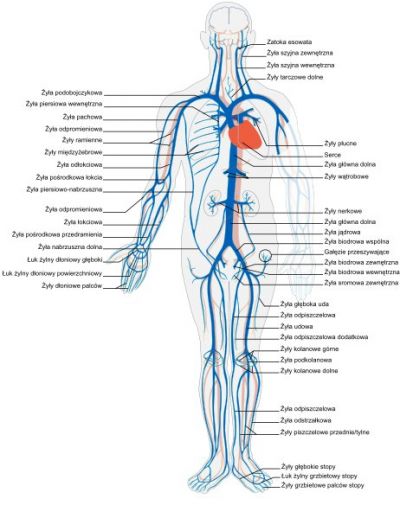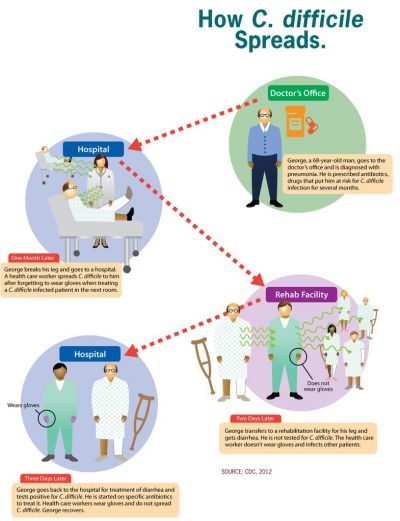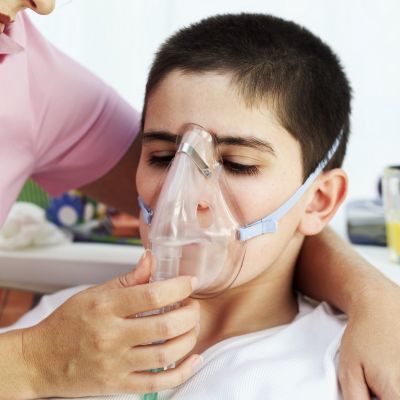
Cancer treatment remains a significant medical challenge today and there is an urgent need for new drugs with novel modes of action. EU funding is enabling research in this area using synthetic lycorine-based products.

Nanoparticles (NPs) can accumulate in spleen, gut, liver and brain, as observed in fish as environmental species. An EU-funded project investigated accumulation and toxicity of silver citrate and titanium oxide NPs using a cell culture model.

Traumatic brain injury (TBI) is one of the leading causes of death and disability worldwide and the technology for rapid diagnosis and treatment necessary to improve prognoses is lacking. A novel point-of-care diagnostic helmet is set to change that.

Healthy life years across the EU are on the rise, and this is transforming the experience of later life. An EU initiative is promoting the active participation of the elderly in all facets of society through a wide range of communication tools.

Our bodies are capable of forming new blood vessels, a process known as angiogenesis. Studying the molecular triggers of this phenomenon could lead to the design of novel therapeutic interventions.

Drug resistance is one of the most important factors in malaria treatment failure, often with deadly consequences. A pioneering cell phone-type device that analyses infection and malarial mutations with a finger prick could save billions of lives.

Antibiotic misuse triggers the emergence of drug-resistant bacteria. Understanding the mechanisms underlying this phenomenon should help develop appropriate measures.

The chronic shortage of effective health workers is a key obstacle to improving health and saving lives in Africa. An EU initiative has set out to enhance health services (HSs) in sub-Saharan Africa by improving the performance of the existing health workforce.

Understanding how tumours spread and generate metastases is central to therapy. A large consortium of European scientists focused on hypoxia for answers.

Tuberculosis represents one of the major medical challenges in history. Although curable for decades, improper treatment has led to the emergence of multi-drug resistant bacteria.

Proprioception refers to our ability to sense the position and movement of our limbs through complex signal integration in the brain. EU-funded researchers investigated the inner workings of the brain during this process.

European researchers developed a novel in vitro culture system that closely mimics the structure of the human stomach. Using this model, it is now feasible to study host-microbe interactions.

Anaemia, associated with chronic kidney disease, is a serious complication affecting millions of European patients. Using anticalin scaffolds, an EU-funded study aims to develop a novel therapy for tackling anaemia.

Vaccination has long been at the forefront of tackling infectious diseases. Ongoing efforts aim to enhance the performance of existing vaccines and develop new ones against novel targets.

Atrial fibrillation (AF) is a most common cause of heart arrhythmia and affects up to 2 % of the European population. Developing earlier diagnosis and new therapeutic methods to address AF will save billions in health care costs.

Biomedical imaging has had major impact on the detection, diagnosis and treatment of cancer, significantly improving outcomes for millions. A novel multimodal system gains strength in numbers for even higher specificity of tumour differentiation.

EU scientists are developing a new treatment for rheumatoid arthritis (RA) based on the intravenous administration of allogeneic mesenchymal stem cells (MSCs) from fat tissue. Initial results showed that MSC therapy lead to a promising clinical outcome in treated patients

Recent studies highlighted the role of metabolism in a number of human malignancies. Pyruvate is the key player in cellular metabolism in mitochondria and its regulation might be altered in cancer cells.

More and more, medicine depends on materials science for the development of innovative materials used in various applications. Nanotechnology is rapidly entering the field as the major constituent of materials used in tissue engineering.

Characterisation of the bacterial cell wall is central to understanding their virulence and discovering potential therapeutic targets. In this context, European scientists identified a novel group of enzymes that could be targeted to inhibit infections.

Due to our ever changing environment and habits, exposure to environmental contaminants is growing increasingly complex, but the health impact of environmental hazards remains poorly characterized. Prospective studies focusing on periods of high susceptibility, such as early life, should help predict individual disease risks related to the environment.

Childhood interstitial lung disease (chILD) refers to a group of over 100 rare lung diseases that affect babies, children and teenagers. Symptoms include chronic cough, shortness of breath and rapid breathing.

A European network of academia and industry set out to perform a multidisciplinary study of the cerebellum. The generated information brings us a step closer to comprehending the function of this complex organ.

An EU-funded project is working to enhance personalised medicine by fostering more collaboration between researchers and funders.

Neuroimaging probes the mysteries of the brain and offers a first-hand look at the human body's most important and complex organ. EU researchers joined forces to advance the know-how of this relatively new and constantly evolving discipline.
























